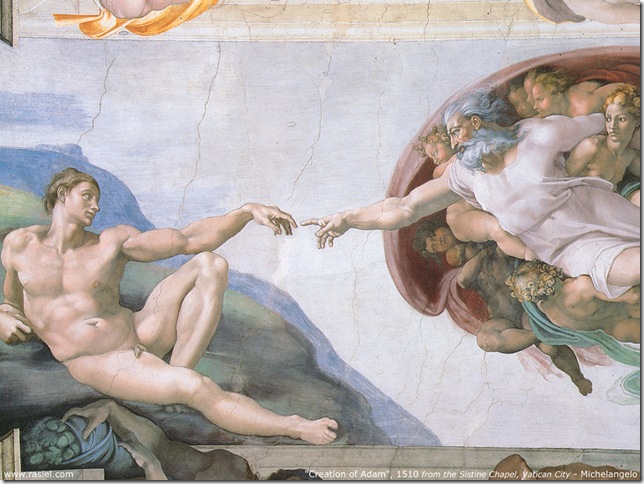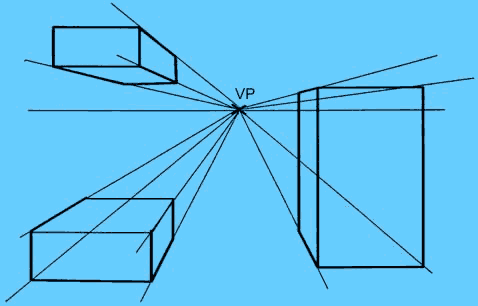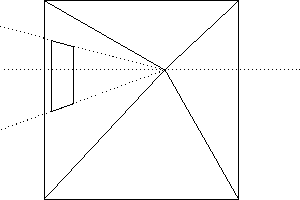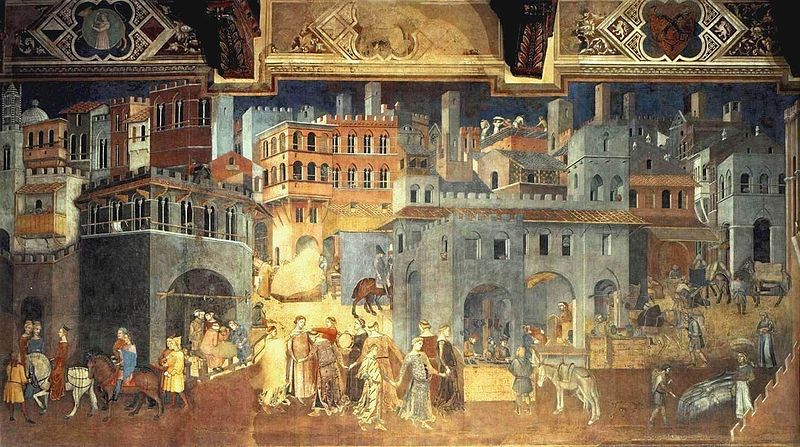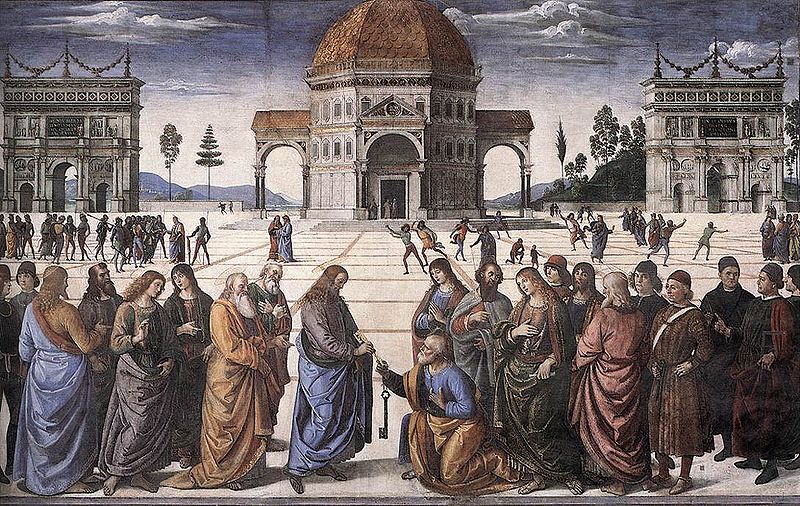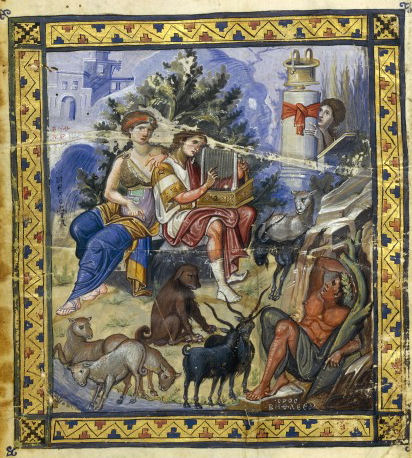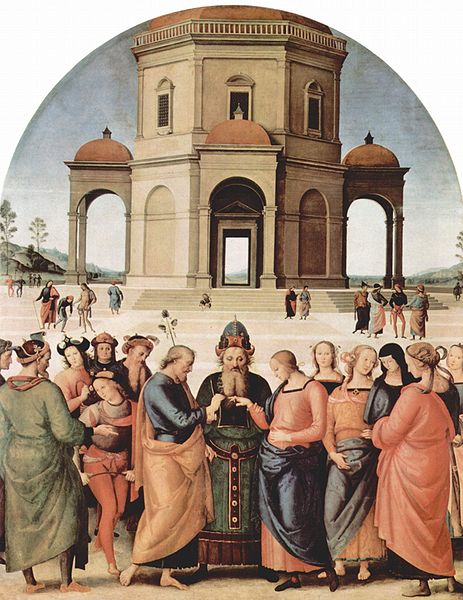 |
Craig White's Literature Courses
The Renaissance
|
 Botticelli, Birth of Venus (1486) |
Oxford English Dictionary 1.a. (With the.) The revival of the arts and high culture under the influence of classical models, which began in Italy in the 14th cent. and spread throughout most of Europe by the end of the 16th; (also) the period during which this was in progress.
Note: The Renaissance is generally regarded as beginning in Florence, Italy, as part of the developing culture of humanism, with motifs and models from classical Greece and Rome revived in the arts, literature, and architecture. Over the 15th cent. the movement spread to other Italian centers, such as Rome and Venice, culminating in the decades around 1500 when Raphael, Leonardo, and Michelangelo were active (commonly known as the High Renaissance), and to other parts of Europe. Alongside this classicism, the period was also characterized by innovations such as, in literature, the emergence of the vernacular [common language] as a widely accepted medium for poetic expression and, in the fine arts, the development of perspective and other techniques, and a greater emphasis on depicting human character. . . .
1.b. Any period of exceptional revival of the arts and intellectual culture. Chiefly with modifying word. (e.g. the Harlem Renaissance)
![]()
Originally the term "Renaissance" (French for "re-birth") refers to the European rebirth or revival of Classical learning and art from ancient Greece and Rome following the Middle Ages (which are in the "middle" between the Classical Era and the Renaissance).
Revival of Classical humanism was an essential background to many profound changes beginning during the 1400s—e.g., Europe's discovery of America, invention of the printing press—but in popular and scholarly usage "Renaissance" soon referred to the entire period of culture from the 1400s through 1600s, mostly in reference to Europe but also by extension to European colonies.
Such references to the late-medieval or early-modern world consitute the American pop-culture usage associated with "Renaissance Fairs" where men dress like Henry VIII, women wear "peasant dresses," and people drink mead and say "thee" and "forsooth!"
The term "renaissance" (with or without capitalization) can also mean something broader: any flowering or ascendance of a nation or culture—e.g., the European Renaissance, American Renaissance, Jewish Renaissance, Harlem Renaissance. Chicago labels itself the "Renaissance City" without any reference to the European Renaissance. A mayor of any city might predict that his or her municipality will soon undergo a "renaissance." In the 1970s General Motors sought to revitalize downtown Detroit by building an imposing new headquarters called the "Renaissance Center."
Another semi-popular usage describes a widely gifted person as the "Renaissance Man"—"a man who exhibits the virtues of an idealized man of the Renaissance; . . . one with many talents or interests, esp. in the arts and humanities" (OED). Examples of Renaissance Man typically include Leonardo da Vinci (painter, theorist, inventor), the fictional character Hamlet (prince, scholar, swordsman), or by extension the "Renaissance Woman"—"a woman knowledgeable or proficient in more than one field" (Random House), examples of whom might include, during the Renaissance, Isabella D'Este and Catherine de Medici, and today Oprah Winfrey (journalist, executive, actress), Sofia Coppolla (film actress, producer, director), and Hillary Clinton (legal scholar, lawyer, senator, diplomat).
In recent academic studies, the Renaissance is often referred to as "the early modern era"—the period, that is, when the past 500 years of modernity began. Implications:
As the early modern era, the Renaissance retains many premodern traditions, so that modernity and medievalism combine, as in Christian Humanism, or with other meetings and mixings such as the mestizo.
Following this idea, the nature of modernity is that life, instead of representing a single pure essence of anything, constantly combines known and unknown properties into new formulas. Instead of a single truth for everyone, the world presents a plurality of truths that interact with and adjust to each other.
I
As "the early modern period," Ithe Renaissance is the beginning of the modern period of human civilization, when humanity increasingly stops living according to unquestioned traditions (often developed from or justified by religious revelation or scripture) and begins practicing life according to its empirical nature—a way of life sometimes called secular materialism, though in practice most humans continue to live a mix of tradition and modern ways.
Thus the Renaissance for most people represents "early modernity," the gradual and never-complete emergence of human culture from tradition-bound behavior (deriving from revelation, folklore, authority, and limits) to a world of knowledge and action that may conform more to the world of empirical real space and time or liberated human desires.
Following this description, the early modern period may still be a "renaissance" or "rebirth" of the Classical era, since Classical Greece and Rome in many regards initiated modern ways of thinking and organizing society, only to have these modern ways lapse during the Dark Ages and Middle Ages.
In these senses the Renaissance sets in motion or crystallizes several cultural tendencies that continue to mark or describe life in the half-millennium since the Renaissance.
![]() Exploration of oceans and
conquest of non-European lands: Columbus
(Americas 1492), Ferdinand Magellan (circumnavigation 1519-22), Hernan
Cortes (conquest of Mexico, 1518-20)
Exploration of oceans and
conquest of non-European lands: Columbus
(Americas 1492), Ferdinand Magellan (circumnavigation 1519-22), Hernan
Cortes (conquest of Mexico, 1518-20)
![]() Science: Copernicus (sun at
center of planetary system 1543), Galileo Galilei (astronomical telescope
1609); empiricism
Science: Copernicus (sun at
center of planetary system 1543), Galileo Galilei (astronomical telescope
1609); empiricism
![]() Literacy and Education:
Johannes Gutenberg (printing press 1439; revival of learning from Classical
Greece and Rome)
Literacy and Education:
Johannes Gutenberg (printing press 1439; revival of learning from Classical
Greece and Rome)
![]() Religious diversity and freedom:
Martin Luther (Protestant Reformation, 1517);
Christian Humanism
Religious diversity and freedom:
Martin Luther (Protestant Reformation, 1517);
Christian Humanism
![]() Social and economic mobility
for some; slavery, exploitation, and genocide for others.
Social and economic mobility
for some; slavery, exploitation, and genocide for others.
![]() Individualism: in contrast to
the group-think that characterizes traditional societies or the
class-identification of the Middle Ages, the Renaissance marks,
historically, the emergence of the Renaissance Man or Woman (e.g., Leonardo
da Vinci) and, in literature, the beginning of modern human characters, as
in the plays of Shakespeare.
Individualism: in contrast to
the group-think that characterizes traditional societies or the
class-identification of the Middle Ages, the Renaissance marks,
historically, the emergence of the Renaissance Man or Woman (e.g., Leonardo
da Vinci) and, in literature, the beginning of modern human characters, as
in the plays of Shakespeare.
-
(In comparison, the Middle Ages offer comparatively few individuals we remember as such: Joan of Arc, St. Francis of Assissi, Charlemagne . . . )
Urbanization:
Skepticism:
Co-existence or blending of religious traditions with classical / humanistic learning: Christian Humanism
European exploration, colonization, and settlement of non-European territories (e.g. Magellan, Columbus, Cortes)
Invention of the Printing Press (Gutenberg 1440s)
For Europeans, the world suddenly becomes larger.
-
Physically, the world suddenly seems is larger: "the New World" (the Americas) is "discovered"; Galileo looks through a telescope and sees more stars and moons.
-
Economically, social mobility increases.
-
Intellectually, learning that was lost is newly available. More books--formerly limited to a few.
The Renaissance is the beginning of Western Europe's "modern" period or the beginning of "modernity." Traditions are forgotten. Change is in the air.
Classical learning (esp. Aristotle) leads to new science: improved agriculture, hygiene, nutrition > lower infant mortality, longer lifespans, population growth.
But all this is told from the perspective of Europe.
For the non-European world, the European Renaissance is the beginning of the English, Spanish, and Portuguese empires, which will devastate traditional cultures all over the world and begin exploitation of natural resources at non-sustainable levels.
All told, the Renaissance for most people represents "early modernity," the gradual and never-complete emergence of human culture from tradition-bound behavior (deriving from revelation, folklore, authority, and limits) to a world of knowledge and action that may conform more to the world of empirical real space and time or liberated human desires.
One way of witnessing this change is in the visual arts, where the art of the Middle Ages may bear far less resemblance to the actual physical world than does art of the Renaissance. Such a representation was rediscovered from classical art through the use of perspective or the vanishing point to imitate in art the depth-of-field witnessed in nature:
|
|
|
|
Lorenzetti, The Effects of Good Government 1338 |
|
|
|
|
|
|
|
Cover to a Medieval Psalter, Paris |
|
|
|
|
|
|
This representation of the real world inhabited by living, breathing humanity can be classified as "Humanism," but note the continuing Judeo-Christian content of the Renaissance materials, resulting in Christian Humanism.
Other examples of Renaissance painting
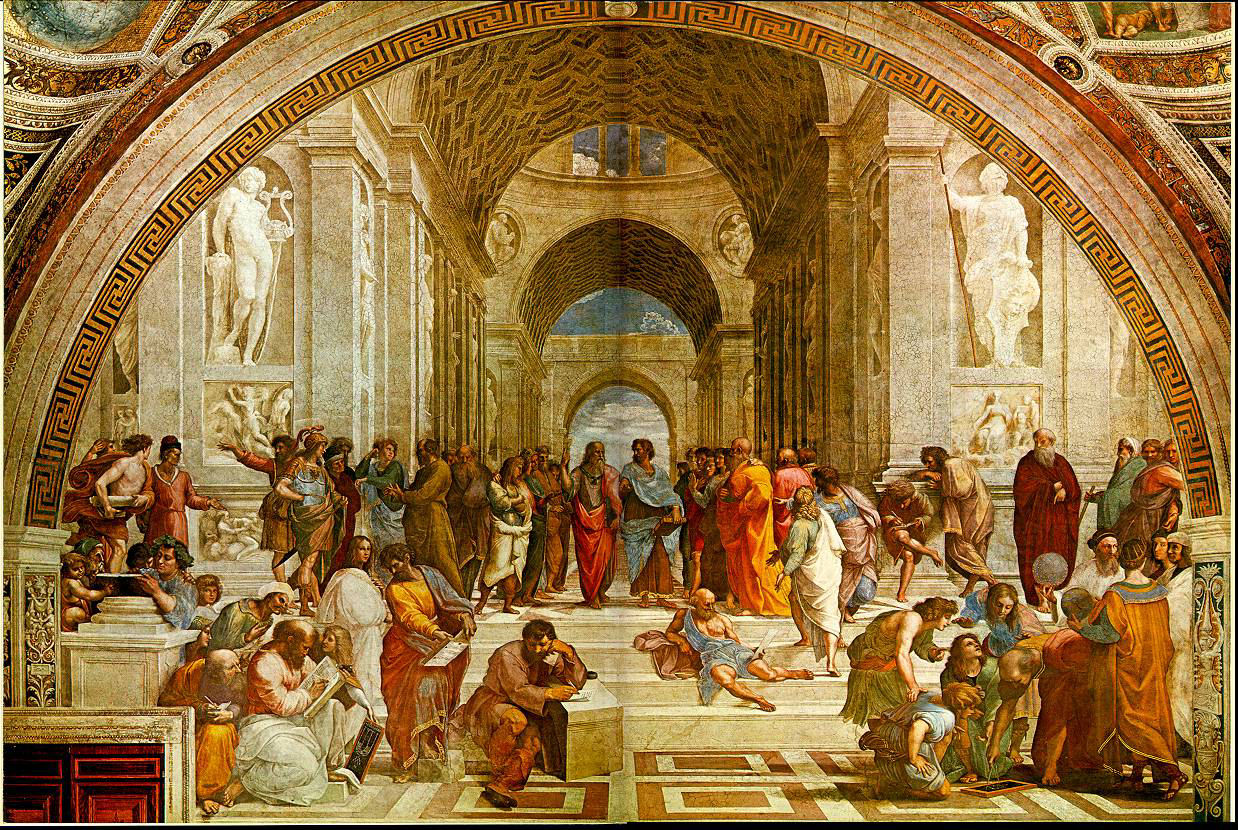
Raphael, School of Athens, Vatican (1509-10)
![]()

Botticelli, Birth of Venus (1486)
![]()
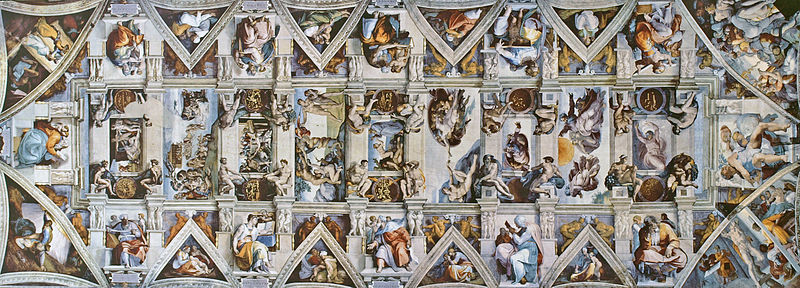
Michelangelo, Sistine Chapel Ceiling, Vatican (1508-12)
